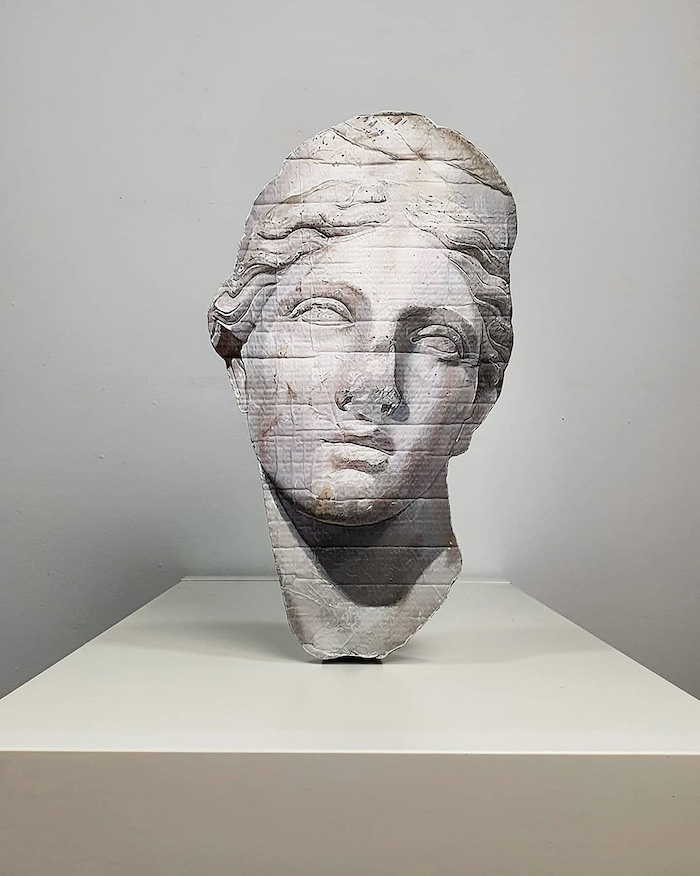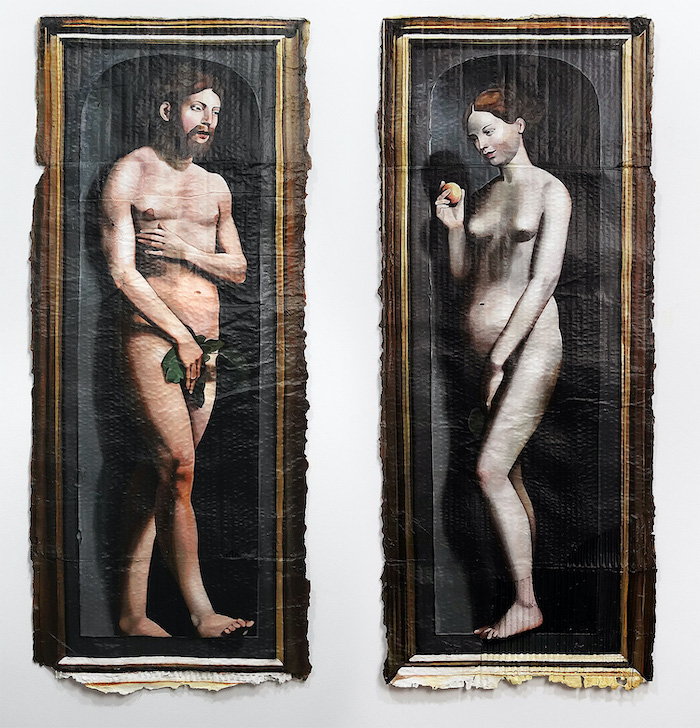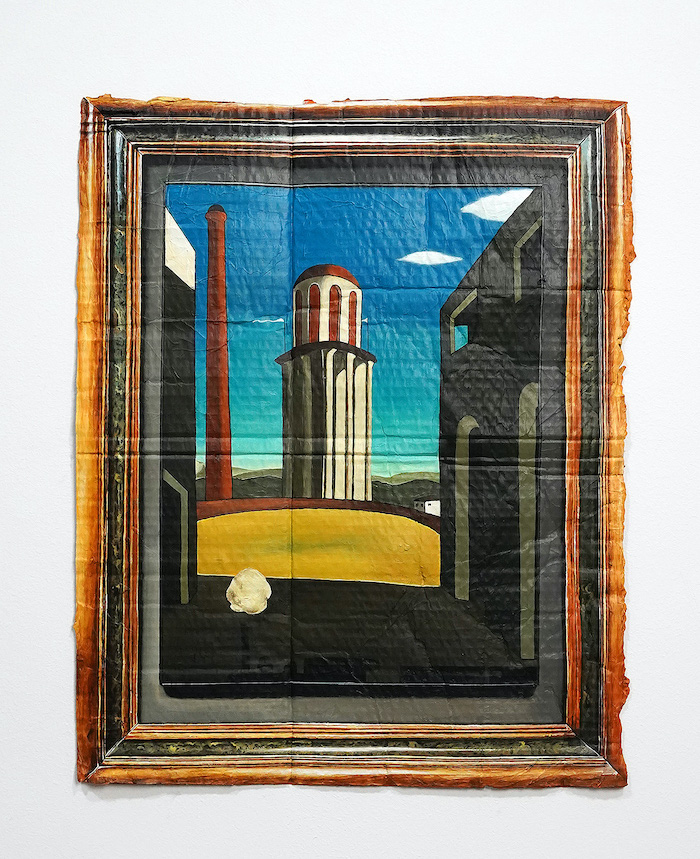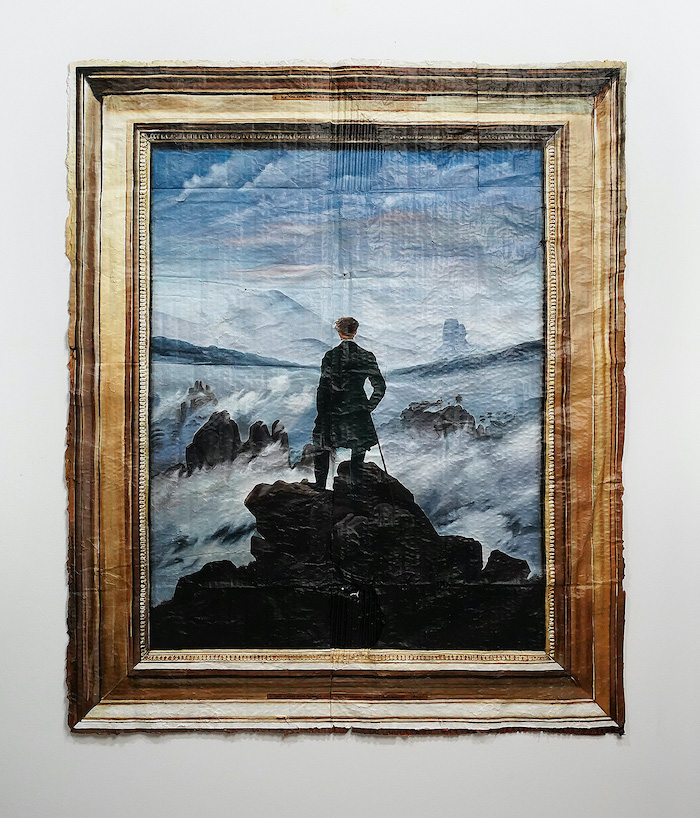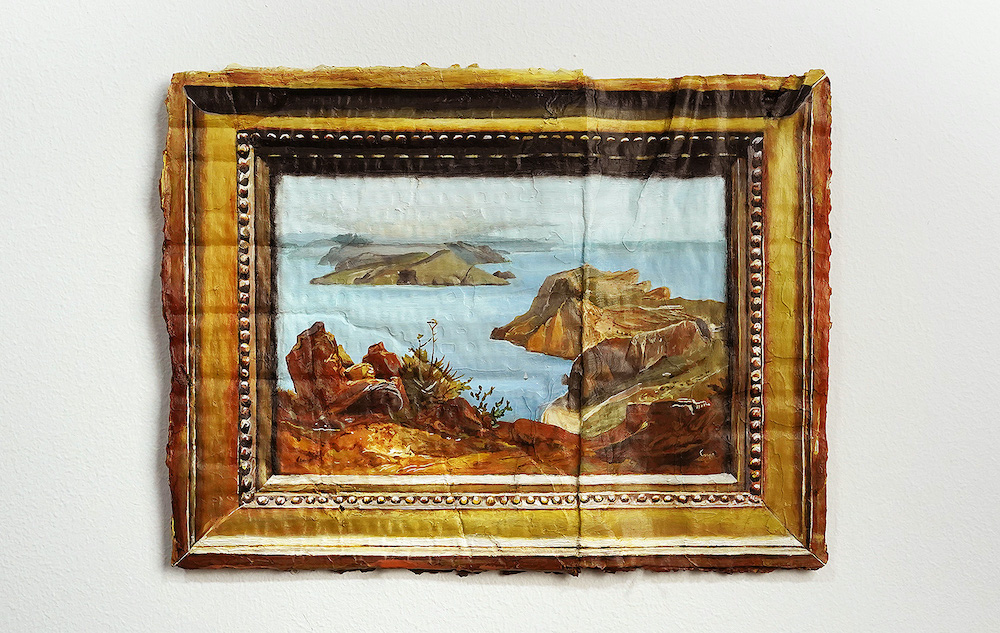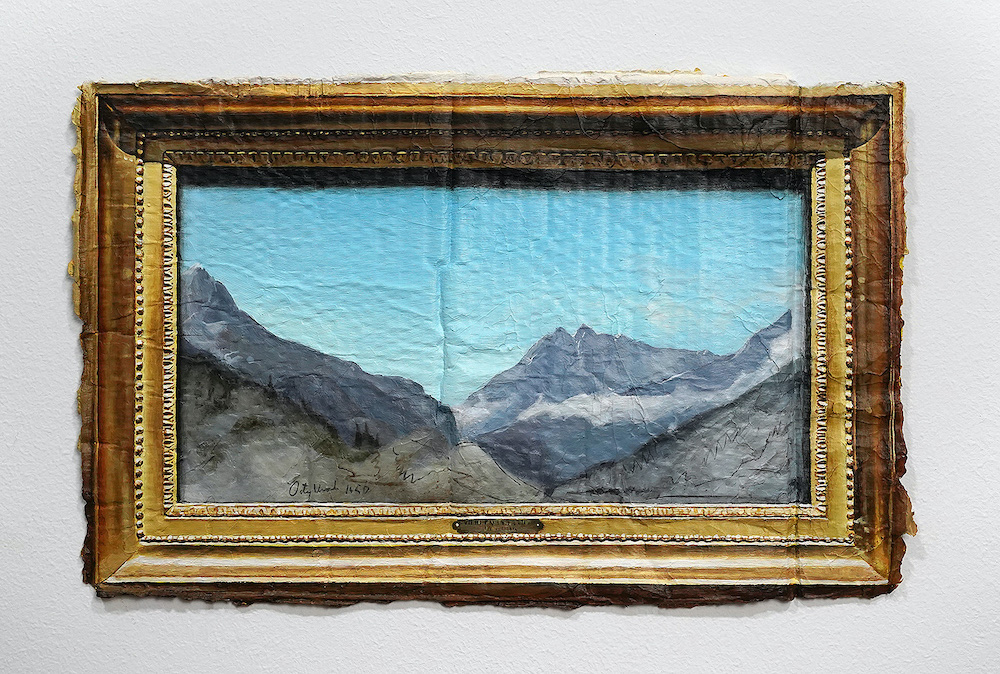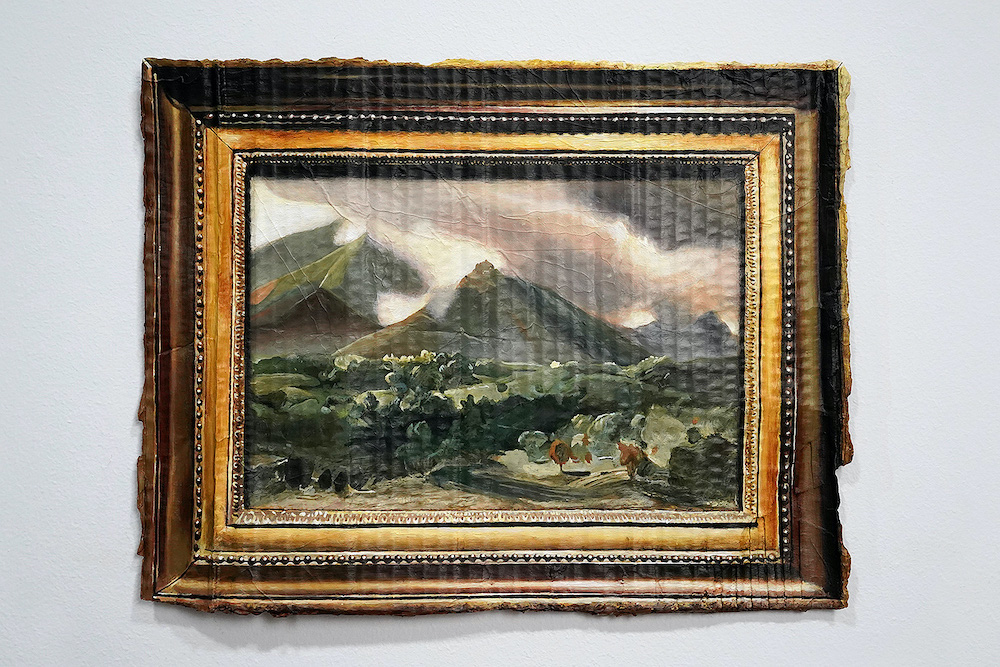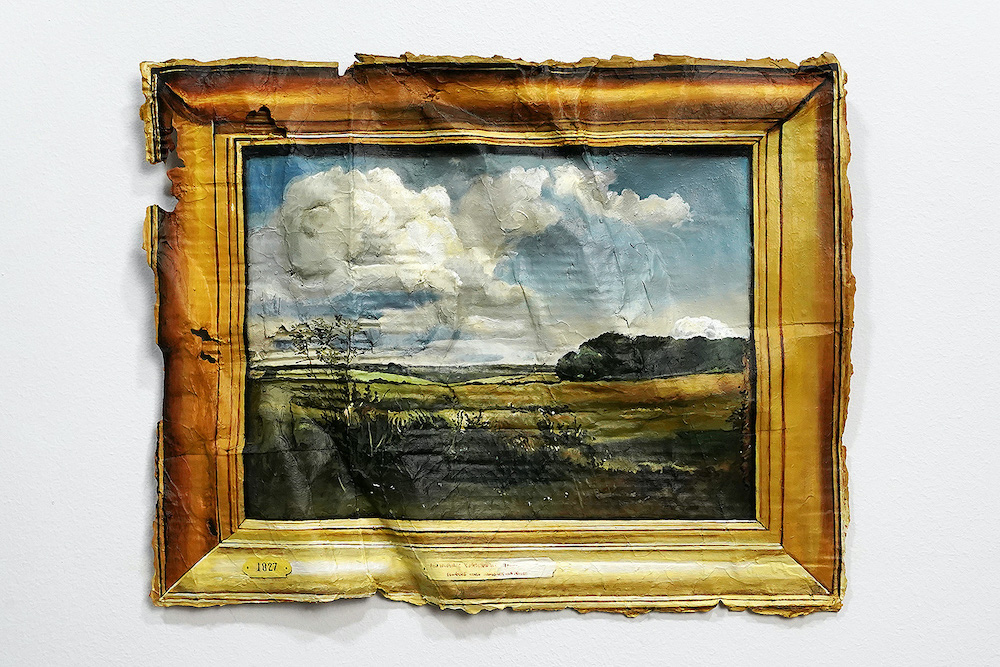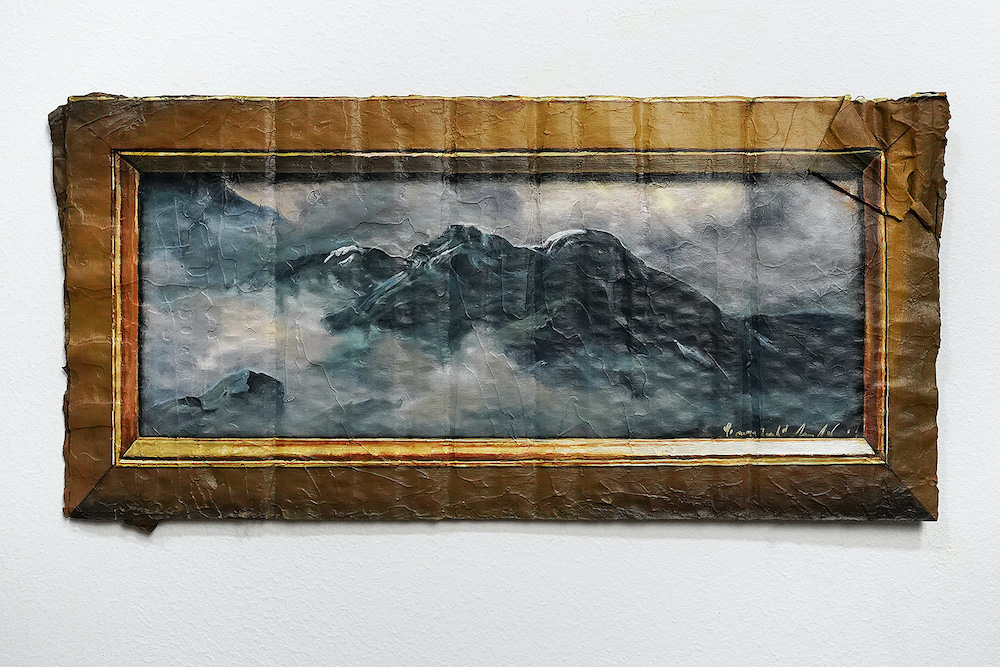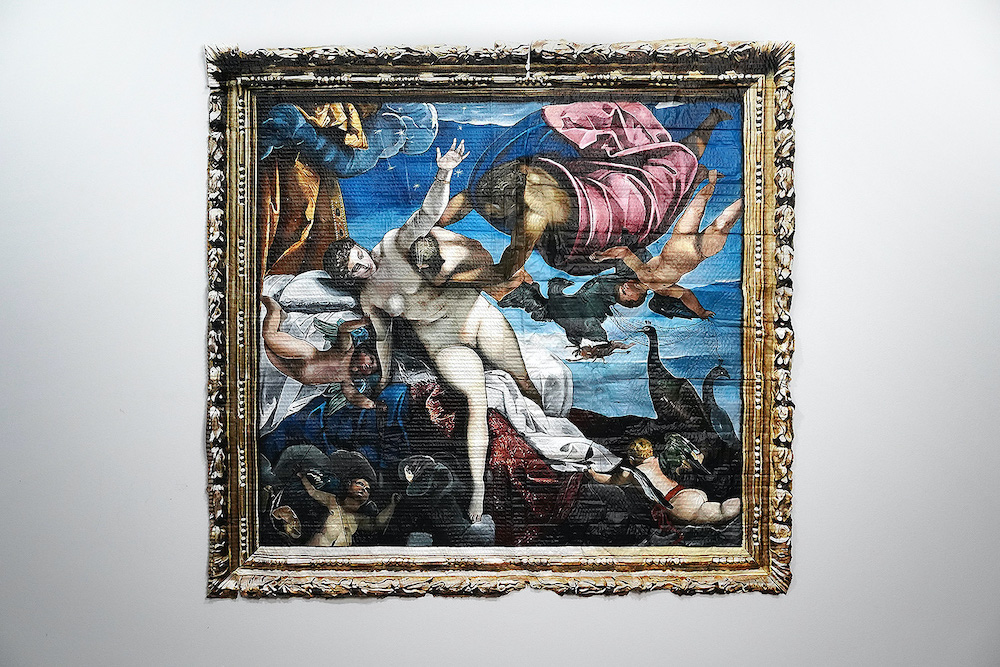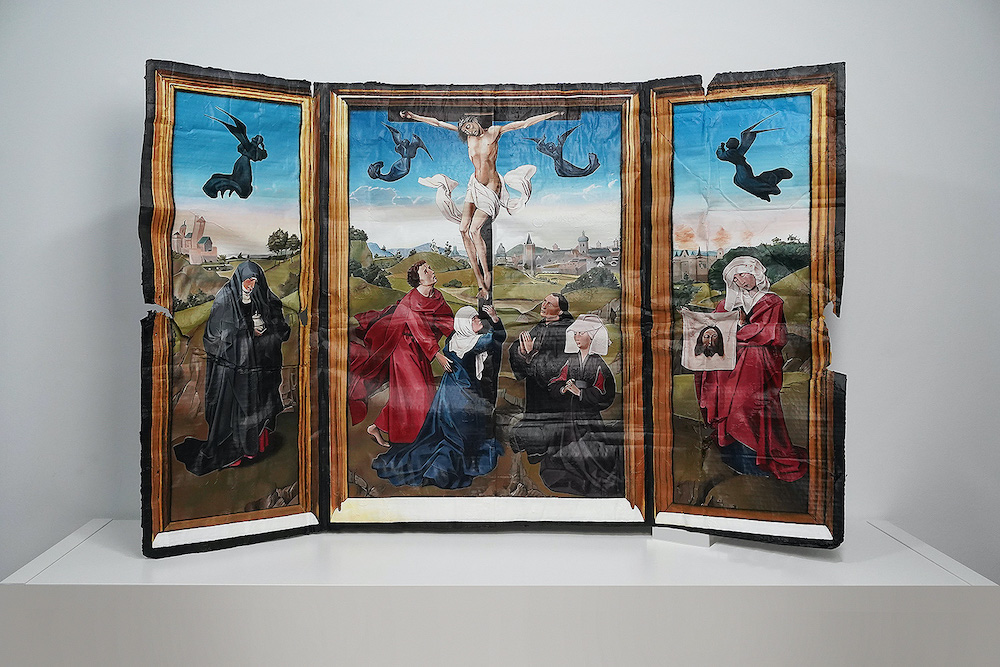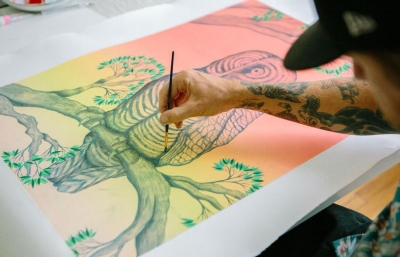“In one room will be all classic works up till Mannerism. All works will represent religion, mythology, and the Creation. In the other room of MOAH’s Cedar location there will be works from Modernism up to a work of Edward Hopper. In this room I will talk about the present through some works which really talk to us about the pandemic situation, poetically.” —Julio Anaya Cabanding
The relentless passage of time, its impact, and the constant change have been explained by classical philosophy through the concepts of the "past", the "present", and the "future". It is their linear interchange that generates the unstoppable stream we all experience as life, an ongoing process which we had a chance to reexamine to great extent in the past year and a half of the global pandemic. Such historically unequaled premise prompted Julio Anaya Cabanding (b. 1987 Spain), to conceptualize a showcase that will talk about human life history through the exploration of the history of painting, with an accent on the most recent period of lockdowns, quarantines, and social distancing. Channeling his personal concerns and experiences through his vast knowledge and love for the medium of painting, and materializing it through an impeccable conceptual and technical ability, Malaga-born artist is introducing his poetic vision of the Past and Present.
Going to his studio during the months of strict lockdowns in Spain, Anaya Cabanding experienced the usually bustling streets of Malaga more desolated and unnerving than he could ever imagine. The lively atmosphere of the coastal Andalucian town was replaced by the uncomfortable emptiness, evoking the ambiance of Giorgio de Chirico's motionless cityscapes basking in the bright daylight of the Mediterranean sun. During the same period, the artist spent long hours, days, weeks, and months, at home with his girlfriend, physically isolated from the rest of the world. Recognizing the atmosphere of the detached subjects in Edward Hopper's work, it was one of his paintings, Room in New York, 1932, that finally moved the artist to envision an exhibition with such percipient concept.
Having a chance to create and present an entirely new body of work in an institution such as the Lancaster Museum of Art & History, prompted the artist to reconstruct somewhat of a human life timeline metaphorically narrated through the history of painting. Using his signature trompe l'oeil pictorial interventions on found cardboard, Anaya Cabanding attentively appointed an extensive selection of renowned masterpieces to represent our shared past. Starting from The Origin of the Milky Way by Tintoretto,1575–1580, over Jan van Eyck's portraits of Adam and Eve from the Ghent Altarpiece, 1432, all the way to Rogier van der Weyden's Crucifixión triptych, 1443-1445, the five works in the first, pre-Modernism room reference the creation, mythology, and Christianity.
The chronicle continues in the second room where a series of seven landscapes stand for the beauty of untouched nature, which is suddenly interrupted by the presence of what we recognize as a civilized human. Caspar David Friedrich's Wanderer above the Sea of Fog, 1818, one of the most important works of German Romanticism, here stands as the historic turnaround, a metaphorical portrait of humanity face-off with the unbeatable strength of sublime nature. Such monumental anticlimax is sensibly leading to René Magritte's The Key of the Field (featured above), 1936, and Giorgio de Chirico's The Return of the Poet, 1911, two depictions of telling surreal scenes that envisioned our recent reality. Continuing over Pablo Picasso's The Yellow Shirt (Dora Maar), 1939, rendering of a seated woman that is physically falling apart as she's nervously waiting to stand up from the seated position, the exhibition wraps up suspended in the anticipation of the aforementioned Hopper's peeping classic.
In an effort to accentuate the illusion of the actual museum display, ‘Past and Present’ marks the first exhibition comprising only works painted to the very edges of the found cardboard. Interested in the confusion that painted images can initiate, especially their relationships with the points of view and/or shadows, the presentation also includes his first works which are stepping off the flatness of the wall and into real space. Just as Anaya Cabanding’s practice of painting priceless masterpieces in abandoned spaces or on found cardboard recontextualizes their prestigious aura, repurposing them into a timeline of human life disputes the centuries of their traditional evaluation, giving them more emotive, existential, human value. —Sasha Bogojev
This presentation, hosted at the MOAH Cedar in Lancaster, California, is curated by Thinkspace Projects



